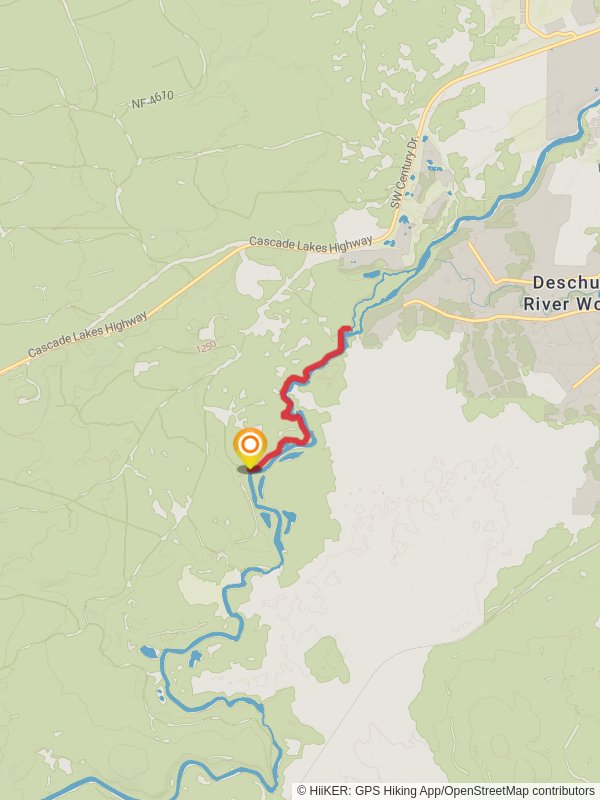Best paddle sports hiking trails in Oregon
Whether you love kayaking, canoeing, or SUP, these paddle-sport-friendly trails offer access to pristine lakes and rivers where you can paddle your way through nature.
Here are some great trails to explore in Oregon.
Most popular trails
Reviews for paddle sports hiking trails in Oregon





Frequently asked questions for hiking trails in Oregon

Oregon's climate varies by region and season. The coastal areas are mild and wet in winter, offering beautiful, foggy hikes. Inland, winters can be cold with heavy snowfall in the mountains, ideal for snowshoeing. Summers are generally warm and dry, perfect for hiking in forests and along rivers. Visit the Oregon Metro site for local weather updates.

Permits for backcountry hiking or overnight stays in Oregon's wilderness areas can be obtained from the U.S. Forest Service or Bureau of Land Management. Contact them or visit the Recreation.gov website to secure permits ahead of your hike.

For mountain rescue in Oregon, hikers should call 911 in an emergency. The Oregon Office of Emergency Management coordinates with various organizations like Mountain Wave Emergency Communications. Always leave your hiking plan with someone. Visit Mountain Wave's website for further information.

Oregon's diverse landscape offers a range of flora. Coastal areas flourish with Sitka spruces and salal, while the Cascade Range features Douglas firs and Western Hemlocks. Eastern Oregon's high desert is rich with sagebrush. Check out Oregon Flora Project for more detailed information.

From the dense forests to the high desert, Oregon's fauna is abundant. Watch for elk, deer, and black bears in woodland areas. Insects such as mosquitoes can be persistent, especially near water. Learn more about local wildlife from https://a-z-animals.com/animals/location/north-america/united-states/oregon/ and https://www.oregon.gov/oda/programs/IPPM/InsectsSpiders/Pages/IdentifyInsect.aspx
More trails in Oregon
by difficulty
by type










